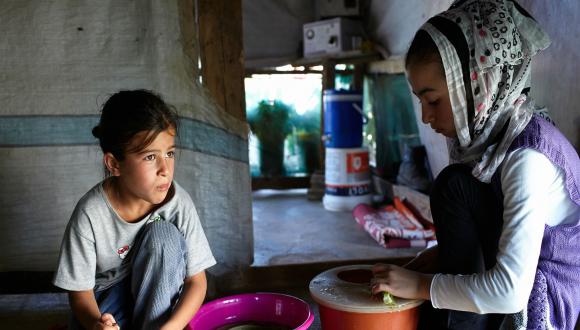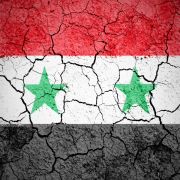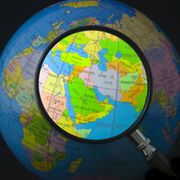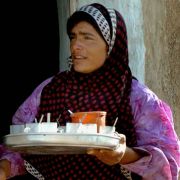The Humanitarian Catastrophe in Syria and Iraq

The Syrian Observatory for Human Rights (SOHR) has documented the death of 76,000 persons in 2014 and another 30,000 unconfirmed deaths. Both SOHR and the UN have confirmed that at least 200,000 people have been killed in Syria since the conflict began in the spring of 2011. In 2014, the number of confirmed deaths was equal to 0.3 percent of the population: in the US, the equivalent number would have been over one million!
On January 13, 2015, the United Nations High Commissioner for Refugees reported that the total number of Syrian refugees was 3.7 million. There were an estimated 1.1 million in Lebanon, 1.1 million in Turkey, 620,000 in Jordan, 228,000 in Iraq, and 138,000 in Egypt. This meant that 14.5 percent of the population had fled abroad, but other estimates suggest higher figures, exceeding four million or 18 percent of the population (equivalent to over 55 million US refugees). In addition some 7.6 million Syrians, more than one third of the population, have been internally displaced so that approximately half of the population has left its home.
More than 10 million Syrians now rely on aid to survive, nearly half of them in areas under siege or otherwise hard to access. The power infrastructure and much of the agricultural sector have broken down due to the strains of war and a lack of maintenance. Prices of fuel, food, and other basic goods have skyrocketed due to power supply failures and other war damage.
The World Health Organization (WHO) has reported that the delivery of medical help has been affected by the deterioration of security. Humanitarian needs rose as conflict in Iraq increased the inflow of Iraqi refugees into Eastern Syria. Clashes in Deir ezZor between the Islamic State (IS) and opposition groups have led to water shortages, lack of access to health services, and population movement, resulting in the displacement of tens of thousands of people. In addition, shelling, airstrikes, and barrel bombarding in Aleppo, Idlib, Hama, Darʿa, Quneitra and Damascus have led to further internal population displacement and increased the number of injured people.
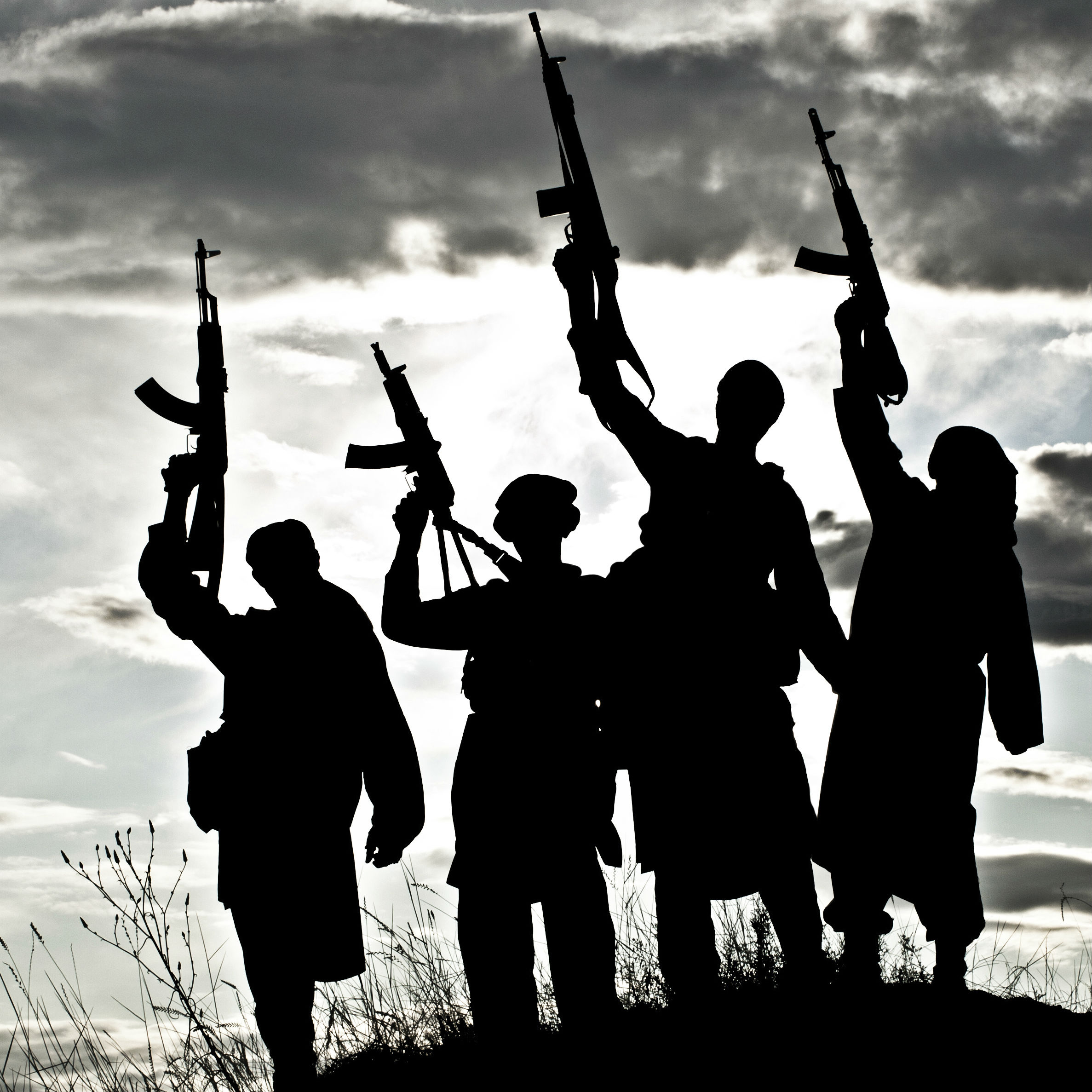
While the number of dead is now estimated at over 200,000 and the number of injured is approaching a million, with the latter increasing by 25,000 each month. Severe shortages of surgical supplies and basic medicines plus frequent power cuts, mean that those hospitals that function at all are unable to cope with the demand for surgical treatment, and those in need of critical treatment are going without. A rise in the number of complications and deaths has been reported. Since the beginning of the crisis, vaccination coverage has fallen sharply from 90 percent in 2010 to 52 percent in March 2014, increasing the risk of childhood morbidity and mortality from vaccine-preventable diseases. Overcrowded living conditions and the declining supply of clean water has resulted in poor hygiene and rising risks of infectious diseases, particularly water-borne diseases.
The water supply infrastructure in Syria has suffered massive destruction and disruption since the start of the conflict, but most dramatically during the first half of 2014, when large areas of Aleppo and Deir ez-Zor governorates had no running water. The current availability of safe water is now one third of pre-crisis levels. The conflict has also caused severe damage to sewage systems, pumping stations and other water infrastructure. Moreover, there have been frequent power cuts and fuel shortages, especially in areas with high levels of violence like rural Damascus, Idlib, Deir ezZor, Homs, Aleppo and Ar-Raqqah.
The UN Food and Agriculture Organization (FAO) has reported on the dire state of the food supply in Syria. Over six million people are subject to food insecurity and in need of food and agriculture support. The crisis has severely limited food production, marketing and imports. With drought in much of the country, food production is expected to decline further. Deepening poverty, inflation, and steep depreciation of the Syrian pound have further eroded families’ ability to meet basic needs and cope. Many people are reducing the amount of food they consume and opting for cheaper and less nutritious foods. The most vulnerable groups will remain unable to produce or access adequate food to meet basic needs, necessitating continued and expanded provision of multiple forms of emergency food and agricultural assistance.
Agriculture faces severe constraints, including restricted access to land due to violence; internal displacement; reduced availability and increased cost of farming inputs (seeds, fertilizers, animal feed, veterinary supplies); damage to land, farming equipment, and infrastructure, including irrigation and storage; and market disruption. The decline in food production in Syria and disruptions in trade have affected food availability and heavily impacted small-scale producers and workers along the supply chain of most agricultural commodities.
In 2014, the Ministry of Agriculture and Agrarian Reform reported that wheat production was 1.865 million tons, 40 percent less than in 2013 and the lowest level for 25 years. Reduced plantings during 2014 and drought conditions in some parts of the country have affected yields and production. In addition, the area actually harvested was reduced further in many areas. Rainfall during the 2013-14 cropping season was particularly poor in terms of both quantity and distribution. According to the meteorological information reported until April 21, 2014 the country had received, on average, only 44 percent of the rainfall that had been received in the same period in 2012-13, and rainfall in the 2013-14 main cropping season amounted to only 51 percent of the annual average.
Food price increases and removal of government subsidies have reduced the real income and purchasing power of poor households, forcing a change in and increasing malnutrition levels in host communities. For most Syrian refugees, humanitarian assistance is the primary source of food. At least 70 percent of refugees in Lebanon and Egypt suffer food insecurity. In addition, refugee camps and impoverished host communities are highly exposed to outbreaks of food- and water-borne diseases. Syria’s real GDP, in constant 2010 prices and exchange rates, fell from $60 billion in 2010 to $56 billion in 2011, to $40 billion in 2012 and to almost $33 billion in 2013. The economy shrunk by 16.7 per cent in 2013, by 28.2 per cent in 2012 and by 6.7 percent in 2011. By the end of 2013, the conflict had cost the country half of its GDP: by the end of 2014, it had lost even more.
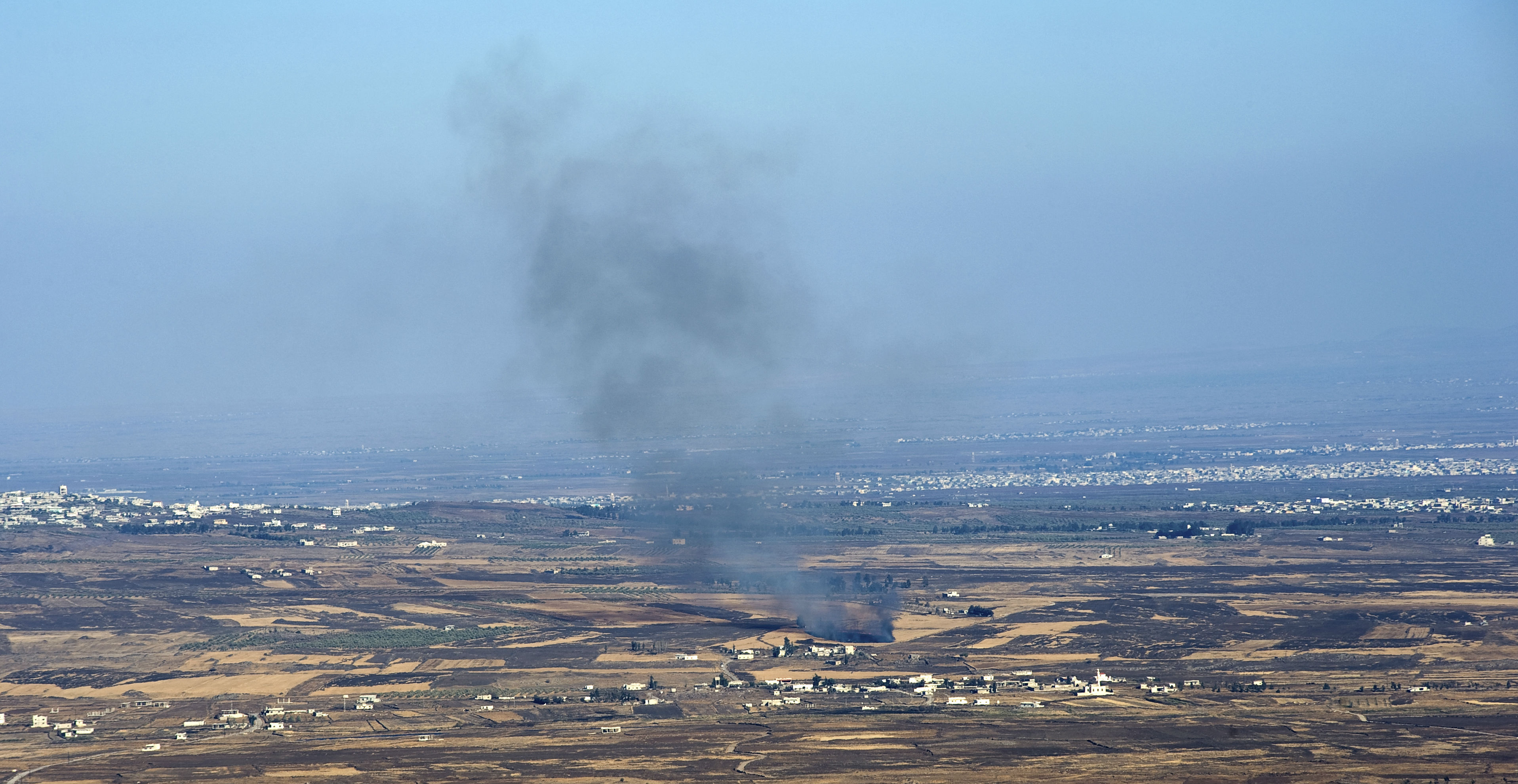
The total loss incurred of real GDP in 2011-2013 was estimated at about $71 billion. Private investment fell sharply in 2013, as a large amount of Syrian private capital moved abroad (mainly to neighboring countries) or was destroyed. Thousands of Syrian companies in peripheral regions and rural areas, where conflict was heaviest, either relocated abroad or were damaged, causing their productivity to drop to very low levels. The sharp decline in exports was caused by frequent interruptions to the oil supply following the destruction of oil fields and refineries, transport, and communications.
The Central Bank’s foreign currency reserves decreased from $14.4 billion in 2011 to $3.5 billion dollars by the end of 2013.The 67 percent fall resulted from the attempt to maintain the value of the Syrian pound (SYP) in the range of SYP 150-160 to $1. By mid-January 2015, the exchange rate of the Syrian pound had fallen to 181 against the US dollar. Prices have risen sharply since the start of the conflict, by an average of 173 percent over the period 2010-2013 with the fastest increase in the areas of food and beverages.
In 2014, the decline in GDP continued, with an estimated fall of 27 percent. A five percent fall in 2015 would mean that GDP would be $27.3 billion, only 25 per cent of pre-crisis GDP estimates for that year. On that basis, Syria's GDP will be half that of Jordan and one-third that of Yemen, bringing the Syrian economy in line with some of the poorest countries: Chad, Madagascar, and Mauritius.
By the end of 2013, the Syrian Arab Republic ranked second-to-last among Arab countries in terms of progress in achieving UN human development goals. According to the Arab Millennium Development Goals Report issued by the UN and the League of Arab States, Somalia is the only country that ranked below Syria in terms of goal achievement in 2013.
There are over a quarter of a million Syrian refugees in Iraq, a country that is being torn apart by conflict. In 2014, over two million Iraqis were officially registered as internally displaced persons (IDPs). In 2011, there were about 112,000 Iraqi refugees in Syria. Most of the Syrian refugees and approximately half of the IDPs are located in the Kurdistan Region of Iraq (KRI) where they have resulted in a large increase in the population. Of these refugees and IDPs, about 64 percent are women and children and 22 percent are young males who struggle to access educational or employment opportunities. The combination of a large IDP population and a Syrian refugee population has increased pressure for housing, employment and welfare services and infrastructure in this region.
Those who have taken refuge in the Kurdistan Region of Iraq account for 97 percent of all Syrian refugees in Iraq, as the central government of Iraq has denied entry to Syrian refugees. Over 90 percent of Syrian refugees in the KRI are Syrian Kurds. A significant proportion of refugees have little or no access to income-generating activities, and those who do often cannot manage to fully meet their households’ needs. In areas with large refugee concentrations, rents have increased steeply (by nearly 20 percent for residential rent and by 10-15 percent for commercial property) and prices for basic commodities and food have gone up. While it is unclear whether or not the price increases are due to increased demand because of the presence of refugees, these factors are having a severely damaging impact on household livelihoods, pushing a very substantial number of mainly low-income and already poor households into impoverishment.
As the Islamic State (IS) has conquered territory, it was able to take control of significant areas of Iraq’s most fertile farmland, which produces 40 percent of the country’s wheat. It has pillaged thousands of tons of grain from government-owned silos, which they have turned to flour and sold. This has caused a lack of food and overall instability in the region, which has significantly driven up the price of food, inevitably increasing the IS’s profit margins from the sale of wheat.
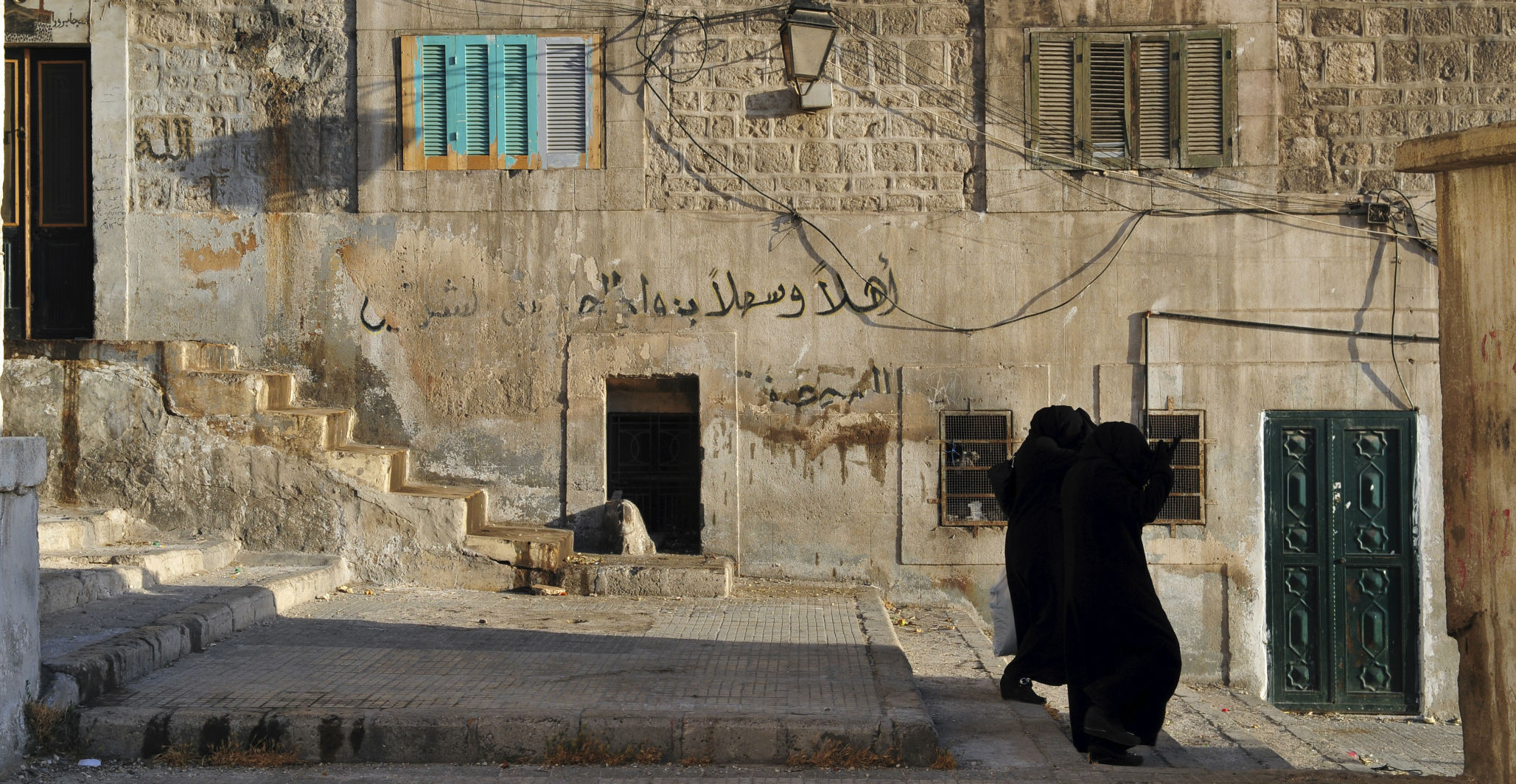
In December 2014, the IMF issued a bleak statement on Iraq's economic prospects. GDP was estimated to have fallen by about 0.5 percent in 2014, compared with an increase of 4.2 percent in 2013, largely because of the economic effects of the IS insurgency. The population is growing by about 2.5 percent a year (from natural causes, excluding immigration), and so real income per capita declined by three percent. Growth in the non-oil sector has decelerated since the start of the conflict due to the destruction of infrastructure, impeded access to fuel and electricity, low business confidence, and disruption of trade. In contrast, as most of the oil infrastructure is in the south of the country and beyond the reach of the IS, and taking into account the output of Kurdistan Regional Government (KRG), oil production was estimated at 3.3 million barrels per day (mb/d) in 2014, up from 3.1 mb/d in 2013, with exports remaining at the 2013 level of 2.5 mb/d.
Nevertheless, high imports, combined with declining oil revenues and lower government sales of foreign exchanges to the central bank to finance government spending, led to a decline in international reserves from over $77 billion at the end of 2013 to about $67 billion by November 2014. The government also drew on the Development Fund for Iraq (DFI), the balances of which have now been transferred to the central bank. DFI reserves declined from $6.5 billion at the end of 2013 to about $4 billion in November 2014.
At the end of 2014, the total number of internally displaced people in Syria and Iraq was about 9.6 million, equal to the entire population of Sweden! The total number of refugees was between 3.4 million and 4.2 million. This meant that between 13 million and 13.8 million people had been forced from their homes. Many others remained in the ruins or partial ruins of their homes.
This essay was originally published in Iqtisadi: Middle East Economy. The author, Dr. Paul Rivlin, is a Senior Research Fellow at Tel Aviv University’s Moshe Dayan Center for Middle Eastern and African Studies.


